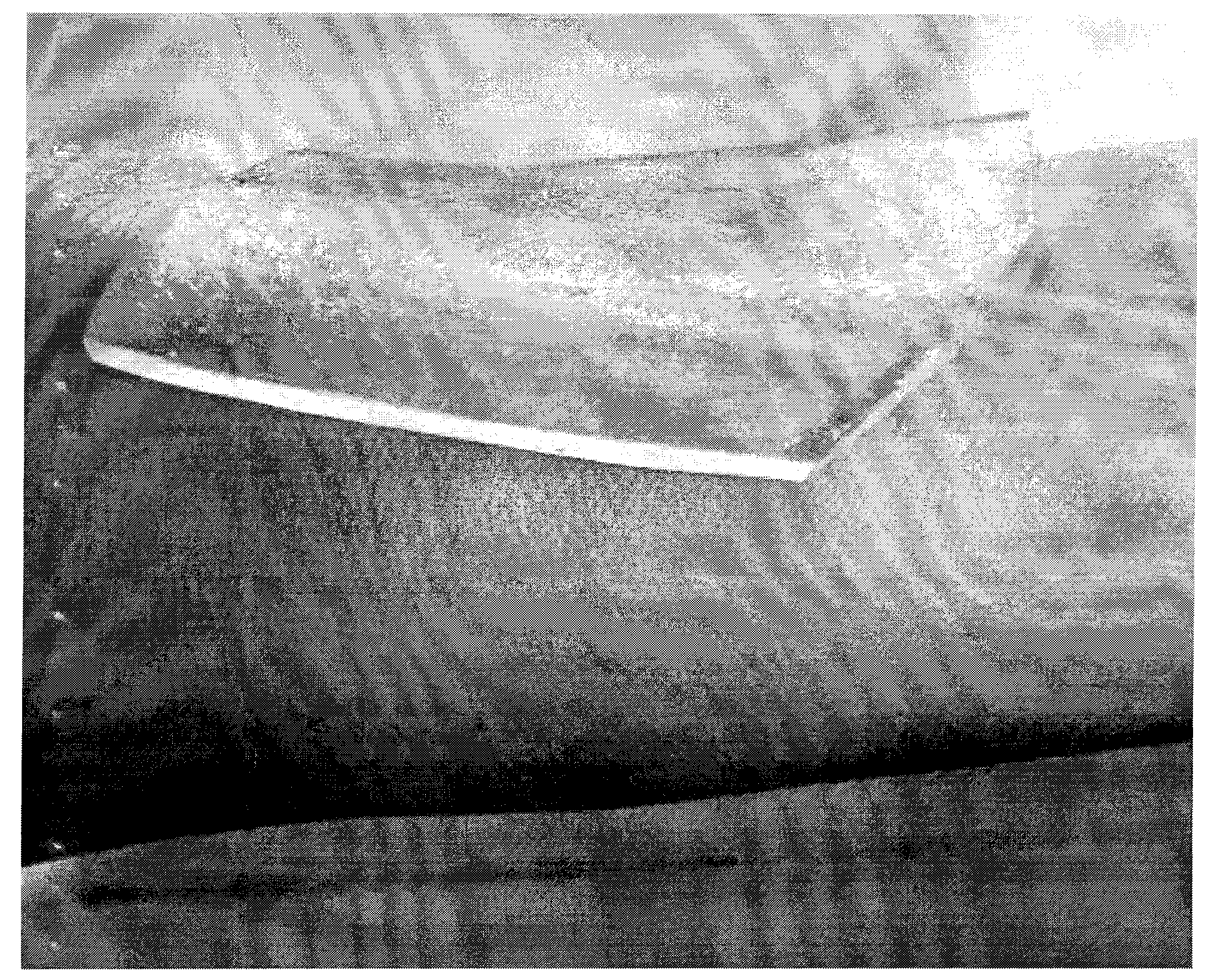Medical chitosan transparent hydrogel wound dressing as well as preparation and application thereof
A wound dressing and chitosan technology, applied in dressings, viscous dressings, medical science and other directions, can solve the problems of inability to keep the wound surface moist, delayed wound healing, heavy dressing change workload, etc., and achieve good biocompatibility, operation Simple, low-cost effects
- Summary
- Abstract
- Description
- Claims
- Application Information
AI Technical Summary
Problems solved by technology
Method used
Image
Examples
Embodiment 1
[0043] 1. Dissolving the chitosan powder in 1.5% dilute acetic acid with a mass concentration of 1.5% is prepared into a chitosan slurry with a mass percentage of 3.5%;
[0044] 2. Dissolve PVP powder in deionized water and stir to form a uniform and transparent solution with a mass fraction of 25%;
[0045] 3. Dissolve polyacrylic acid in a deionized aqueous solution with a mass concentration of 27.5% dilute NaOH, and stir to form a 25% mass percent sodium acrylate solution;
[0046] 4. Take 7g of sodium acrylate solution, put 0.01g of potassium persulfate crystals and 0.0164g of N,N-methylenebisacrylamide, then pour 8g of PVP solution and 3.5g of chitosan slurry into it and stir to form a mixed solution;
[0047] 5. Pour the mixed solution into a plastic mold (about 8.5cm×6.5cm in length×width);
[0048] 6. Put it in a vacuum oven, evacuate to remove oxygen, set the temperature at 60°C, and react for 6 hours;
[0049] 7. Take out the hydrogel primary product from the mold,...
Embodiment 2
[0053] 1. Chitosan powder is dissolved in 2% dilute acetic acid with a mass concentration of 2%, and it is prepared into a chitosan slurry with a mass percentage of 3.5%;
[0054] 2. Dissolve PVP powder in deionized water and stir to form a uniform and transparent solution with a mass fraction of 20%;
[0055] 3. Dissolve polyacrylic acid in a deionized aqueous solution with a mass concentration of 27.5% dilute NaOH, and stir to form a sodium polyacrylate solution with a mass percentage of 22%;
[0056] 4. Take 8g of sodium acrylate solution, add 0.01g of ammonium persulfate and 0.01g of polyethylene glycol, then pour 15g of PVP solution and 4g of chitosan slurry into it and stir to form a mixed solution;
[0057] 5. Pour the mixed solution into a plastic mold (about 8.5cm×6.5cm in length×width);
[0058] 6. Put it in a vacuum oven, evacuate to remove oxygen, set the temperature at 50°C, and react for 7 hours;
[0059] 7. Take out the hydrogel primary product from the mold, ...
Embodiment 3
[0063] 1. Dissolving the chitosan powder in 1.5% dilute acetic acid with a mass concentration of 1.5% is prepared into a chitosan slurry with a mass percentage of 3.5%;
[0064] 2. Dissolve PVP powder in deionized water and stir to form a uniform and transparent solution with a mass fraction of 30%;
[0065] 3. Dissolve polyacrylic acid in a deionized aqueous solution with a mass concentration of 27.5% dilute NaOH, and stir to form a sodium polyacrylate solution with a mass percentage of 28%;
[0066] 4. Take 10g of sodium acrylate solution, add 0.01g of benzoyl tert-butyl peroxide and 0.015g of xylitol, then pour 15g of PVP solution and 5g of chitosan slurry into it and stir to form a mixed solution;
[0067] 5. Pour the mixed solution into a plastic mold (about 8.5cm×6.5cm in length×width);
[0068] 6. Put it in a vacuum oven, evacuate to remove oxygen, set the temperature at 45°C, and react for 8 hours;
[0069] 7. Take out the hydrogel primary product from the mold, and ...
PUM
| Property | Measurement | Unit |
|---|---|---|
| thickness | aaaaa | aaaaa |
| water absorption | aaaaa | aaaaa |
Abstract
Description
Claims
Application Information
 Login to View More
Login to View More - R&D
- Intellectual Property
- Life Sciences
- Materials
- Tech Scout
- Unparalleled Data Quality
- Higher Quality Content
- 60% Fewer Hallucinations
Browse by: Latest US Patents, China's latest patents, Technical Efficacy Thesaurus, Application Domain, Technology Topic, Popular Technical Reports.
© 2025 PatSnap. All rights reserved.Legal|Privacy policy|Modern Slavery Act Transparency Statement|Sitemap|About US| Contact US: help@patsnap.com

